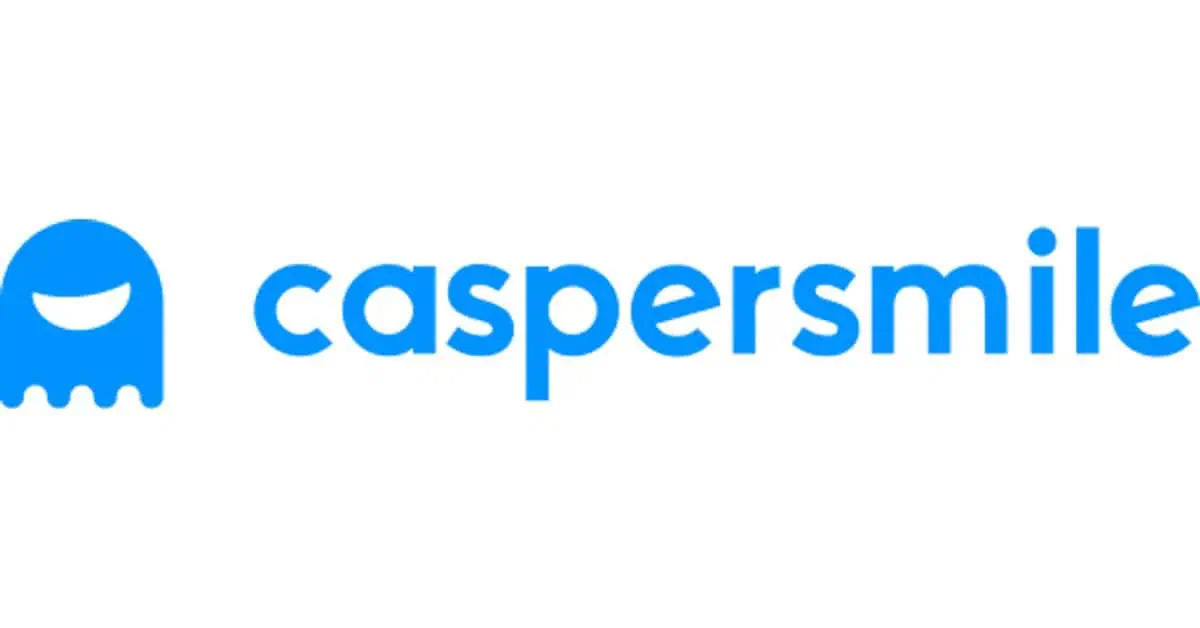If you have crooked or misaligned teeth, you may be considering getting dental braces. But, there are so many different types of braces out there, which ones are right for you?
Crooked teeth can have a really detrimental effect on your confidence, but then again so can the idea of having a mouthful of metal train tracks. Don’t let that put you off though; there are different options, some more subtle than others.
We will discuss all kinds of braces so you can get a better idea of what may suit you and your dental needs, including:
- Traditional metal braces
- Lingual braces
- Ceramic braces
- Self-ligating braces
- Invisible braces
- Clear aligners
- Orthodontic appliances
Teeth straightening treatments and technology have come a long way since the original train track braces. There are all sorts of braces to choose from now, but the best ones for you may come down to your dental circumstances.
In This Article
What are the different kinds of braces?
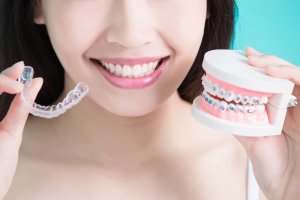
There are 2 main types of braces, fixed and removable. Fixed braces are braces that can only be removed by a dental professional, whereas removable braces can be taken out by the patient at any point.
Fixed braces consist of brackets that are cemented to each tooth and are joined by wires that apply pressure to gradually align teeth. With traditional metal braces, elastic bands also help move teeth into the desired position.
Removable braces are invisible braces, also known as clear aligners which are custom made plastic trays that align your teeth. Generally, clear aligners involve a 3D scan or moulds at the start of treatment so that trays can be made. A dentist or orthodontist monitors every step of the process so that they can make sure everything is moving in the right direction.
Fixed braces
The most well known fixed brace is the traditional metal brace that consists of a system of stainless steel brackets and wires to straighten teeth. They are most commonly worn by children, but with the advances in technology, braces are becoming more popular with adults.
The NHS offers metal braces to those that meet their stringent criteria for braces. And unfortunately, they don’t offer other options when it comes to braces, for those you will need to go privately.
However, over the years even the traditional braces have become more modern, smaller and lighter, and therefore more comfortable to wear. So, you may be happy to get metal braces with the NHS if you are eligible.
The following video explains a few things you need to know if you want to get braces with the NHS.
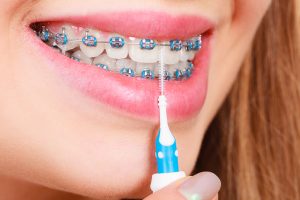
If you are wondering how to know if you need braces, read our article or book an appointment to speak with a dentist and get your teeth accessed.
Metal braces
Metal braces, also known as train tracks, traditional braces or conventional braces are the oldest and most well-known type of braces. And, although there have been many advancements with braces, they are still the go-to treatment if you get dental care from the NHS. They are the least expensive option for safe and effective teeth straightening.
They consist of metal brackets and wires that along with rubber bands help to treat even severe orthodontic problems. In more modern times dentists have started using heat-activated arch wires that makes adjustments easier.
You can also jazz them up a little bit with the use of colourful bands. Some of the pros and cons of metal braces include the following.
Pros
- Most affordable type of braces
- Durable and not prone to damage
- Can treat even severe orthodontic problems
- Can use colourful bands to add a bit of fun
Cons
- Very noticeable
- Cannot be removed
- Regular orthodontist or dentist trips to tighten wires
- Can cause gum irritation and discomfort
Ceramic braces
Ceramic braces or clear braces are very similar to traditional metal braces except they are clear or tooth coloured. The brackets are made from ceramic material instead of metal, and the wires are metal.
Adult orthodontic patients frequently prefer ceramic braces because they are less apparent than their
metal counterparts.
Ceramic braces are constructed from translucent materials, and some models even have wires
that match your teeth to enhance their covertness further. For some, this completely changes what it’s like to have braces as an adult.
Dr Azariy Yusupov, DDS, Amazing Smiles Orthodontics
Pros
- Affordable
- Durable and not prone to damage
- Can treat even severe orthodontic problems
- More comfortable than metal braces
- Less noticeable
Cons
- Cannot be removed
- Regular orthodontist or dentist trips to tighten wires
- Ceramic is more brittle than metal
Lingual braces
Lingual braces are fixed braces that are attached behind the teeth, so they are not visible from the outside unless the mouth is open. They are also known as hidden braces or incognito braces. Lingual braces work very similarly to metal braces except for the fact they are positioned on the other side of the teeth.
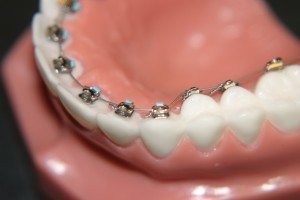
Lingual braces are good for patients who are very self-conscious about their smiles and appearance. And, although treatment takes longer, some people may prefer them to the more obvious alternatives.
Pros
- Hidden, so good for those concerned with appearance
- Suitable for those who play musical instruments with their mouth
- Not prone to calcification like traditionally placed braces
Cons
- Take longer to treat
- Harder to adjust
- More expensive than traditional braces
- Regular orthodontist or dentist trips to tighten wires
- Can cause irritation to the tongue or speech problems
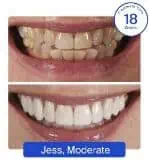
- Treats up to 90% of Cases
- Up to 40% cheaper than Invisalign
- Buy now, pay later in interest-free instalments
- Rated 4.9/5 on Trustpilot
- As seen on 5, BBC, 4, DailyExpress, TheMail
- Get 5% OFF with our discount code DENTALY5OFF and FREE Whitening and Retainers worth £790
Self-ligating braces
Self-ligating braces have become more popular in recent years due to the fact they are less painful than the more traditional braces. They work and look very much the same as regular braces, except they do not use elastic bands to move teeth into alignment. Instead, they make use of a sliding bracket system with doors or clips that attach to the wire.
These braces are much easier to adjust and more comfortable, they also come in different ceramic and metal colours.
Pros
- Less painful
- Shorter treatment time than traditional braces
- Need fewer visits to the dentist for adjustments
Cons
- Not suitable for everyone
- More expensive than traditional braces
- More noticeable than other types of braces
- Need careful attention and special equiptment when cleaning and brushing with braces
Removable braces
Removable braces have become very popular with adults due to the fact that they are practically unnoticeable when worn. They are easily removed which makes eating more comfortable, and they can be worn when you are asleep and removed more in the day for meals and snacks. They use pressure to gradually align and move teeth into the desired position over time.
Clear aligners
Also known as invisible braces, these are custom-made plastic trays that help to align teeth over time. They cannot treat as severe cases as fixed braces, but they can treat mild to moderate cases for those just wanting straighter teeth.
The best types of clear aligners involve custom made clear aligners and regular visits with dentists; be cautious with those that don’t.
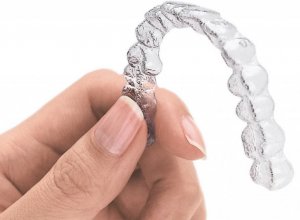
We always recommend consulting your dentist before choosing a type of clear aligner or any type of dental treatment.
Pros
- Comfortable to wear
- Almost invisible
- Removable
- Easy to clean and maintain
- Faster treatment time
Cons
- Not suitable for severe dental problems
- More expensive than traditional braces
- Less noticeable than other styles of brace
- Up to 80% cheaper than Invisalign
- Buy now, pay later in interest-free instalments.
- Rated 4.5/5 on Trustpilot
- Starting at just 625 for single-arch treatment!
Caspersmile offers a convenient at-home solution for teeth straightening with their clear aligners. You can achieve a perfect smile in 3-5 months, wearing the aligners for 22 hours a day.
Caspersmile’s treatment is overseen by UK-licensed dentists, ensuring professional guidance throughout the process. The treatment starts with an at-home impression kit or a visit to a scan center, followed by a 3D preview of your future smile.
Every treatment comes with free teeth whitening, so you can brighten your smile while you straighten it!
- Hybrid in-office and remote treatment
- In-person visits with your orthodontist for safe, effective treatment
- Treats even complex cases of misalignment
- Various pricing options
Discover the flexibility and effectiveness of Impress Invisible Braces, the hybrid orthodontic solution that blends in-person care with the convenience of remote appointments. Suitable for both kids and adults, Impress offers a range of treatment options designed to cater to various needs, from mild to severe cases of misalignment. With the initial consultation happening in person, you’re assured of a tailored treatment plan that can address even the most complex orthodontic issues.
Impress Treatment Plans:
- Impress Super Light ($6,999): Perfect for mild cases, this plan promises results in up to 3 months, making it the quickest route to a better smile.
- Impress ($4,599): Designed for moderate cases, this option aims to perfect your smile within 4-10 months.
- Impress Plus ($5,599): Tailored for moderate cases requiring a bit more time, this plan spans 11-14 months.
- Impress Advanced ($6,999): The go-to choice for complex cases, offering comprehensive treatment over 11-24 months.
- Teens ($4,599): Specifically designed for teenagers, this plan addresses mild cases within 4-10 months, ensuring a confident smile during those crucial years.
- Impress Kids ($4,599): Offering orthodontic treatment for children, this plan covers a period between 8-18 months, setting the foundation for a lifetime of healthy smiles.
With flexible payment plans available, starting your journey to a perfect smile has never been easier or more accessible. Whether you’re looking for a quick fix or need extensive treatment, Impress Invisible Braces provide a tailored solution that meets your needs and budget. Click below to get started!
- Free retainers and whitening
- Nighttime aligners available
- 0% interest finance options
£1,395£1,295 or £83.33/month
NewSmile is a Canadian company that brought its clear aligners to the UK market in 2022. NewSmile aligners are made from the clearest material and the company offers excellent service at the best price.
They don’t have any physical locations, so you’ll need to purchase an aligner kit to get started. One of their Impression Specialists will guide you through the process on a video call when you’re ready.
NewSmile aligners are very affordable, costing just £1,395 (currently discounted to £1,295). But even better, this price includes whitening foam to use in your aligners, plus your first set of retainers!
Choose their daytime package for treatment in 4-6 months, or nighttime aligners for a more discreet treatment that takes 8-10 months. Both options come with 0% interest payment plans available.
Functional Braces
While functional braces are not necessarily braces, they can be used prior to treatment to help with misalignment and malocclusion. They are orthodontic appliances that are two removable parts that work together to align your bite and change your facial profile.
Twin block braces are a type of orthodontic appliance that restricts you from closing your jaws completely unless they are in the desired position. Over time this will persuade your jaw and bite into the correct position.
Pros
- Aligns your bite
- Changes facial profile
- Easy to clean
- Removable
Cons
- Can add up to 12 months to your treatment
- Can be uncomfortable to wear
- More suitable for children with growing jaws
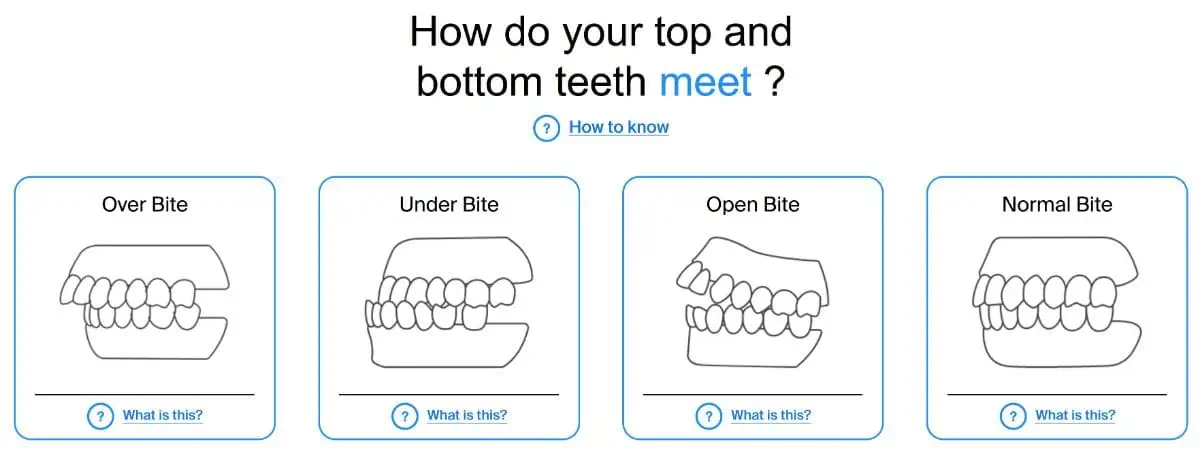
Conclusion
If you want to straighten your teeth and improve your smile, but are not sure about wearing braces, don’t let that put you off. There are many kinds of braces to choose from, and even if your orthodontic case is severe you may have options.
Fixed braces are more commonly used for more severe problems. However, if you are concerned about your appearance ask your dentist or orthodontist which types of braces you are eligible for.
If you are getting private care you automatically have more options. But if you opt for the NHS then you may be offered metal braces, provided you meet their criteria.
If you need fixed braces but are concerned about how they look, ceramic braces or lingual braces might be a good option for you. Invisible braces are also a good option if you don’t want your braces to be noticeable, however it may depend if they are suitable for your orthodontic needs.
If you still have concerns, speak with your dentist to help you make a decision on which braces are best for you.
FAQS
What are ceramic braces?
Ceramic braces are similar to traditional fixed braces, except the brackets are made from clear or tooth-coloured ceramic material. These braces are more subtle and comfortable than metal braces.
What is the difference between fixed braces and removable braces?
Fixed braces are braces that consist of brackets and wire that are cemented into place and can only be removed by a dental professional. These are commonly used for more moderate to severe cases.





